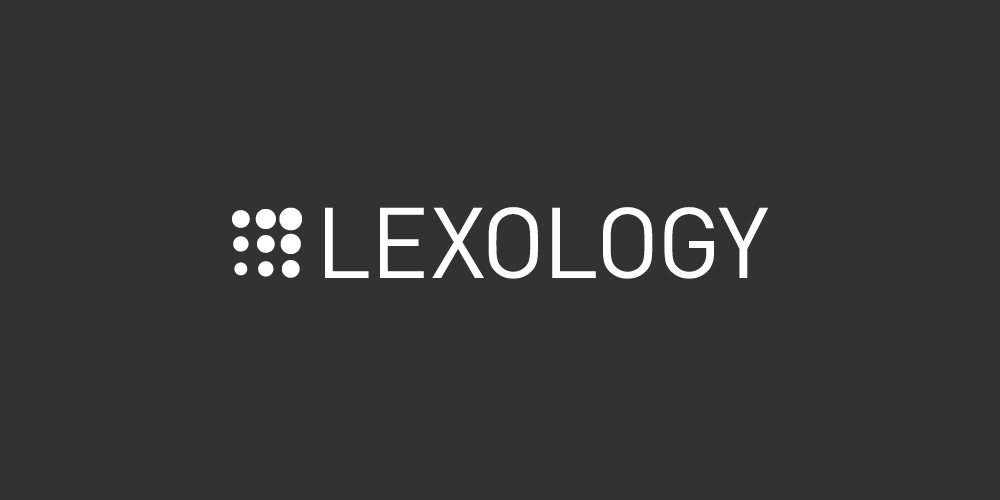Not as permissive as you think? Implications from OSS licences underpinning blockchain technologies – Commentary

#permissive #Implications #OSS #licences #underpinning #blockchain #technologies #Commentary
OSS licensing terms and Ethereum
Advantages and disadvantages of using OSS
Comment
Open-source software (OSS) has underpinned the success of blockchain technologies like Ethereum, which supports one of the highest cryptocurrencies by market cap as well as a growing ecosystem of smart contracts solutions and decentralised apps. Those who develop or deploy software protocols using blockchain technologies like Ethereum need to be aware of the commercial and legal implications associated with the OSS licensing terms underpinning them.
Why are OSS licensing terms important?
Before looking closer at Ethereum, here is a summary of OSS considerations:
- OSS is software licensed with:
- its source code included; and
- the right to modify and distribute the software.
- Software developers typically have two key concerns regarding using OSS:
- its level of security (given that OSS source code is widely available); and
- whether it is restrictive, copyleft or “viral” OSS.
- Whether OSS is permissive or restrictive depends on its terms:
- Permissive OSS licences permit a licensee to freely change OSS code and combine OSS code with other software code (a “derivative software”) without placing restrictions (or any significant restrictions) on the derivative software and how it may be subsequently licensed.
- Restrictive, or copyleft, OSS licences impose licensing restrictions to both using the original OSS code and any derivative software. Developers of derivative software subject to restrictive or copyleft OSS provisions must allow anyone to view and use the source code of derivative software under the licensing terms governing the OSS used to create the derivative software. Copyleft licences are therefore sometimes called “viral OSS” because they have the potential to infect any new code developed, which could restrict the basis on which the new code can be distributed. For this reason, developers and tech companies may prefer avoiding restrictive OSS and therefore having to expose any part of its source code and risk any competitive or proprietary edge.
- “Weak copyleft” OSS licences permit, to varying degrees, use in derivative software without triggering copyleft obligations. It may, however, be difficult to definitively say whether derivative software will avoid triggering copyleft obligations, particularly if the relevant OSS licence terms leave matters open to interpretation.
Ultimately, developers must understand the type of OSS code they are working with, and carefully review the relevant OSS terms on a case-by-case basis. This becomes particularly critical if the value of derivative software depends on the proprietary nature of the code.
OSS licensing terms and Ethereum
This section considers Ethereum’s licensing terms from the perspective of a developer who wants to use it to develop a blockchain software protocol. According to the Ethereum Foundation, Ethereum is both an open-source platform as well as a free software by which “anyone may inspect the code . . . run the code to secure the network . . . and . . . distribute the software”. Does this mean that the Ethereum code is licensed on a permissive OSS or restrictive OSS basis? If restrictive, how restrictive?
There is currently no straightforward answer to this. There is no one single set of OSS licence terms governing the use of Ethereum overall. Instead, the Ethereum Foundation has a segregated OSS licencing strategy where different OSS licence terms apply to Ethereum’s different components (ie, its core, application and middleware offerings). The Ethereum Foundation has not yet decided the licensing basis for its core offering, which introduces even more uncertainty and risk for developers and ultimate users.
Whether Ethereum is permissive OSS code or restrictive OSS code carries significant implications, as set out below.
|
Developer needs |
Permissive OSS (eg, a Massachusetts Institute of Technology licence) |
Restrictive or strong copyleft OSS (eg, a GNU general public licence v3) |
|
To allow anyone to view and use the original Ethereum code upon which the derivative software is based. |
Yes |
Yes |
|
To let anyone access the source code for the derivative software. |
No |
Yes |
Permissive OSS licences allow developers to keep source code to derivative software confidential. In contrast, restrictive OSS licences require developers to expose new proprietary code in any derivative software. Requiring developers to allow anyone to view and use source code for such derivative software would be commercially unpalatable for many developers.
Advantages and disadvantages of using OSS
Why would blockchain software developers want to use OSS code? As is the case with any software development (not just for blockchain software), some of the advantages include:
- the lower development costs of using already available and accepted building blocks, which frees up valuable development resources for proprietary developments;
- improved competition, as competitors are likely to also be using the same OSS code; and
- reduced logistical and marketing costs, as OSS is often more reliable from being subjected to constant technical peer review by many developers, including in the case of Ethereum.
The risks of using OSS must also be considered alongside any advantages:
- viral OSS risks, as described above – namely, having to expose proprietary and confidentially developed software due to copyleft obligations;
- OSS risks are commonly flagged during transaction due diligence, potentially raising obstacles or delay with seeking investment or satisfying warranties. Investors may insist on not using any OSS. It can be difficult to assuage concerns even over weak copyleft or permissive OSS due to often broadly drafted licence terms; and
- in commercial arrangements, software vendors may be asked to warrant that their solution involves no restrictive OSS. Customers may not want the legal risk of failing to adhere to OSS licence obligations affecting distribution, which could lead to the licensor bringing a copyright infringement claim and seeking remedial action including monetary damages and injunctions, as well as being forced to expose derivative software source code.
Blockchain technologies are incredibly valuable and have the potential to support ground-breaking use cases. Developers and customers alike must equally be aware of the risks and obligations that may come with utilising blockchain offerings coded using OSS and the licence terms that govern them.
For further information on this topic please contact Marcus Bagnall or Siobhan Lewis at Wiggin by telephone (+44 20 7612 9612) or email ([email protected] or [email protected]). The Wiggin website can be accessed at www.wiggin.co.uk.
